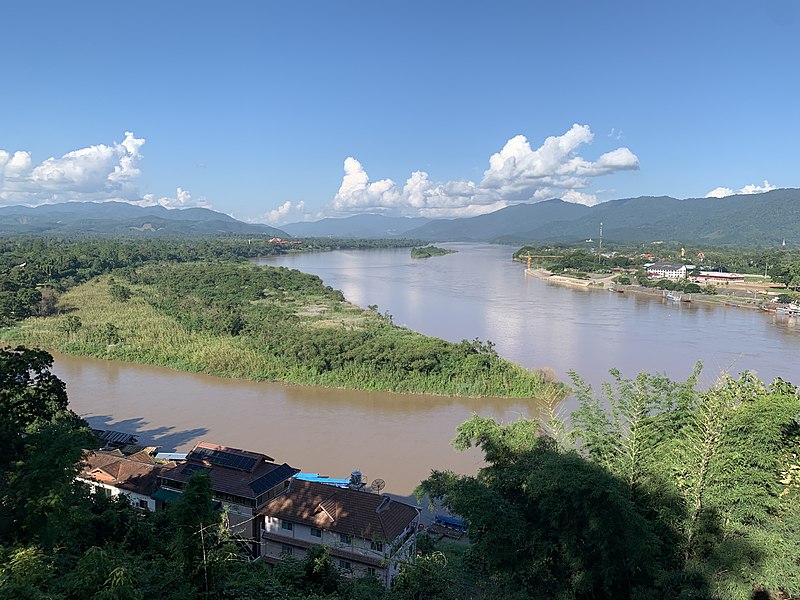
Statements from the United Nations Office on Drugs and Crime (UNODC) warn about changes in the Southeast and East Asian synthetic drugs market. Specifically, the diversification of trafficking routes and drug production regions is a focal point of concern.
Methamphetamine stands as the most widely used drug in Southeast and East Asia, with usage increasing over the past decade. A significant volume originates from what is known as the Golden Triangle, an area where the borders of Thailand, Laos, and Myanmar converge. Located within this geographical region is the Shan State of Myanmar, the center of drug production.
Several factors contribute to the production and spread of methamphetamine from Shan State. Major organized crime groups have control over the territory, enabling drug manufacturing and operation of powerful trafficking networks. It is also an area that experiences conflicts and instability.

There have been record methamphetamine seizures in East and Southeast Asia almost every year for the past decade. However, the latest data from UNODC suggests a drop in total drugs seized in 2022 from 172 to 151 tons. Given indicators (ex. street availability, purity, price, and treatment admissions) that supply has remained unchanged, this decline in seizures cannot be attributed to weakened production.
The decrease in drug seizures likely reflects a change in smuggling routes from land to sea. With the military-controlled Myanmar currently engaged against pro-democracy forces, few are focused on stemming the flow of synthetic drugs. Consequently, traffickers have encountered less resistance when establishing new routes through central Myanmar to the coastlines. The diversification of trafficking routes has also led to Cambodia and Laos being utilized as transit paths for smuggling drugs out of Myanmar. Concerningly, the diversification of production by organized crime may be occurring as well. Meth production has been detected in both Cambodia and Laos. To quote the UNODC regional representative for Southeast Asia and the Pacific: “Transnational organized crime groups anticipate, adapt and try to circumvent what governments do…”. These groups are not only expanding how drugs are moved, they also appear to be expanding where drugs are produced.